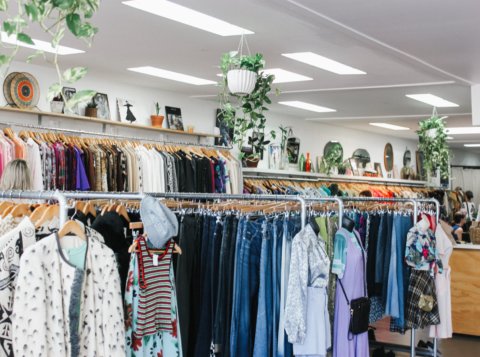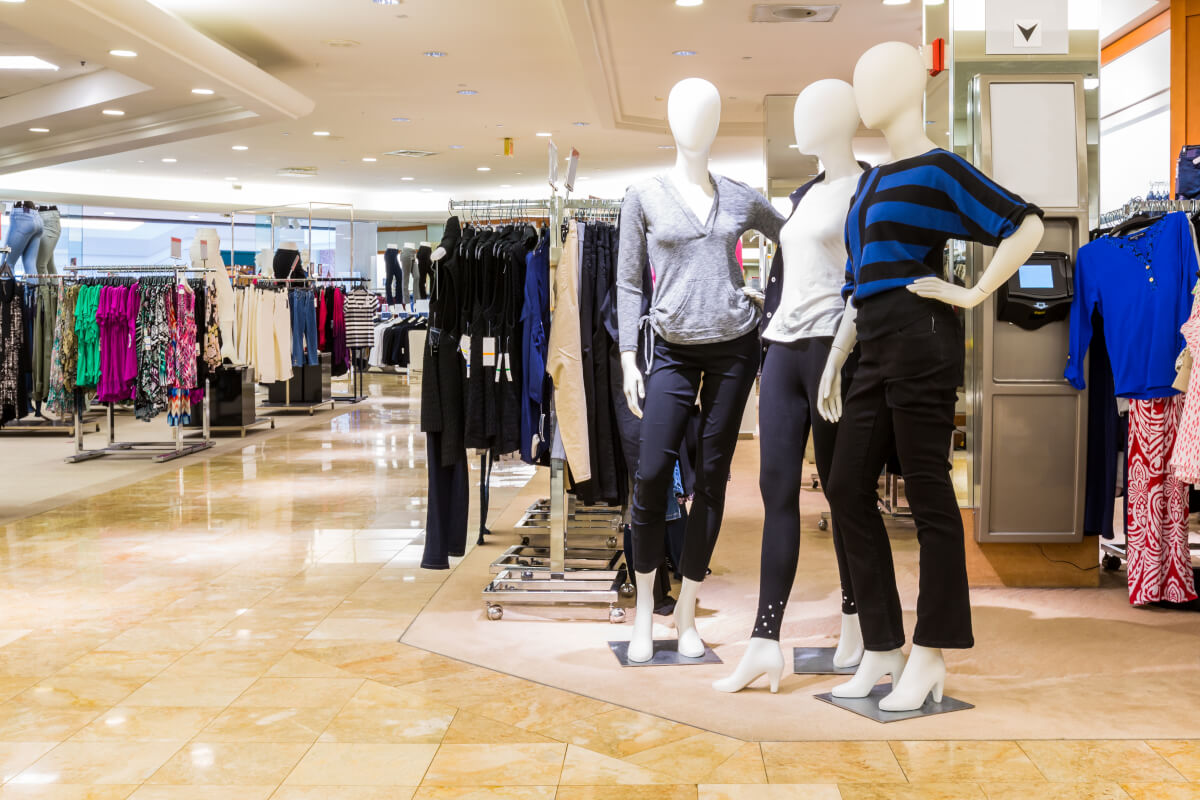Why Retailers Need to Personalize the Customer Experience

This is the first article in a two-part series that looks at the fundamental need, in today’s increasingly online consumer-driven ecosystem, for companies with retail operations to develop and personalize customer experience using data, and how management teams can carry that out. To read the second article in the series, click here.
The term ‘retail experience’ is often centered in the physical realm—namely as the combination of in-store phenomena and shopping ‘Easter eggs’ that make the experience exciting. What this approach leaves out is the more internal, organic experience laid out by the data driving every interaction a customer has with a brand or retailer. As our world began to require digital interactions—with each other as well as with companies—at the start of the COVID-19 pandemic, that latter version of “experience” has become much more important, as retailers try to bring their digital offerings into line with the physical. We’ve seen a number of them leave out a critical piece of the puzzle, however: This two-part series of articles will examine that missing piece. Part One will look at the fragmented approach historically taken on the road to ‘customer experience,’ what this model leaves out, and a few examples. The second part will dive into the shifting mindset in corporate leadership, addressing new modes of data analysis toward creating a new standard for the customer journey—and, further, why we actually need to expand our understanding of ‘experience’ beyond just that of the customer.
To read the rest of this article, please navigate to Dealerscope.























































































































































